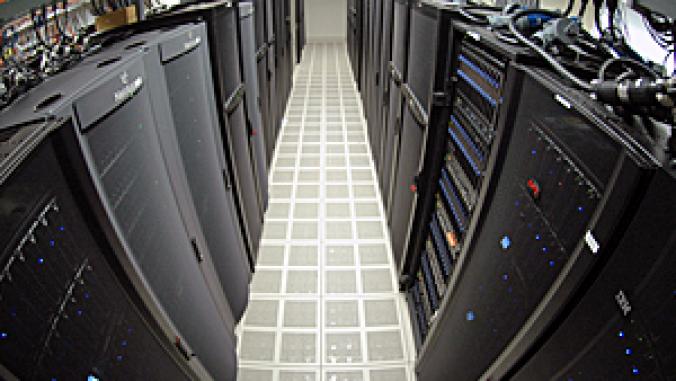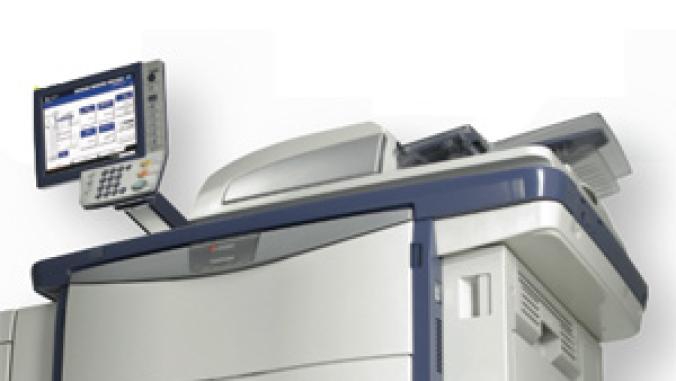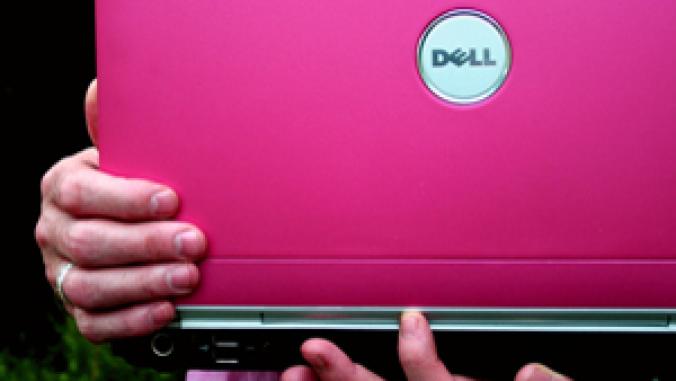NComputing Makes Play for Virtualizing Student PCs
With purchasing and operations budgets tight, school districts are increasingly cutting costs by adopting virtualization to increase the number of computer seats students have access to.

Virtualization is moving beyond the corporate campus and into grade schools: Last week, the New York City Public Schools district added NComputing's virtual PC desktop software to a list of software options available to administrators.
The district, which has more than one million enrolled students, is looking for ways to save on both purchasing and operating costs, and virtualizing PCs offers a promising solution to both: in addition to saving money by having to purchase fewer PCs for the student body, the schools will save big on energy use at the same time.
"Our funding is so tight right now that I had to find other ways to keep our technology programs growing to meet student requirements," said Henry Rubio, Principal of A. Philip Randolph Campus High School in Harlem. "[With NComputing], we could afford to add computing seats for the kids by spending even less money than our budget allowed."
New York City is just the latest -- and the biggest -- school district to adopt virtualization; NComputing said that seven of the country's 10 biggest school districts, and more than 1,500 districts nationwide, have looked to virtualization to make available more computers for more students while keeping spending under control.
In October 2007, NComputing won a Wall Street Journal innovation award for its PC virtualization software; at that point the company had signed on more than 500,000 users to its solution -- by the end of 2009 NComputing predicts that it will have four million students using its virtual desktops.
Computer lab photo CC-licensed by Flickr user laffy4k.
The district, which has more than one million enrolled students, is looking for ways to save on both purchasing and operating costs, and virtualizing PCs offers a promising solution to both: in addition to saving money by having to purchase fewer PCs for the student body, the schools will save big on energy use at the same time.
"Our funding is so tight right now that I had to find other ways to keep our technology programs growing to meet student requirements," said Henry Rubio, Principal of A. Philip Randolph Campus High School in Harlem. "[With NComputing], we could afford to add computing seats for the kids by spending even less money than our budget allowed."
New York City is just the latest -- and the biggest -- school district to adopt virtualization; NComputing said that seven of the country's 10 biggest school districts, and more than 1,500 districts nationwide, have looked to virtualization to make available more computers for more students while keeping spending under control.
In October 2007, NComputing won a Wall Street Journal innovation award for its PC virtualization software; at that point the company had signed on more than 500,000 users to its solution -- by the end of 2009 NComputing predicts that it will have four million students using its virtual desktops.
Computer lab photo CC-licensed by Flickr user laffy4k.




